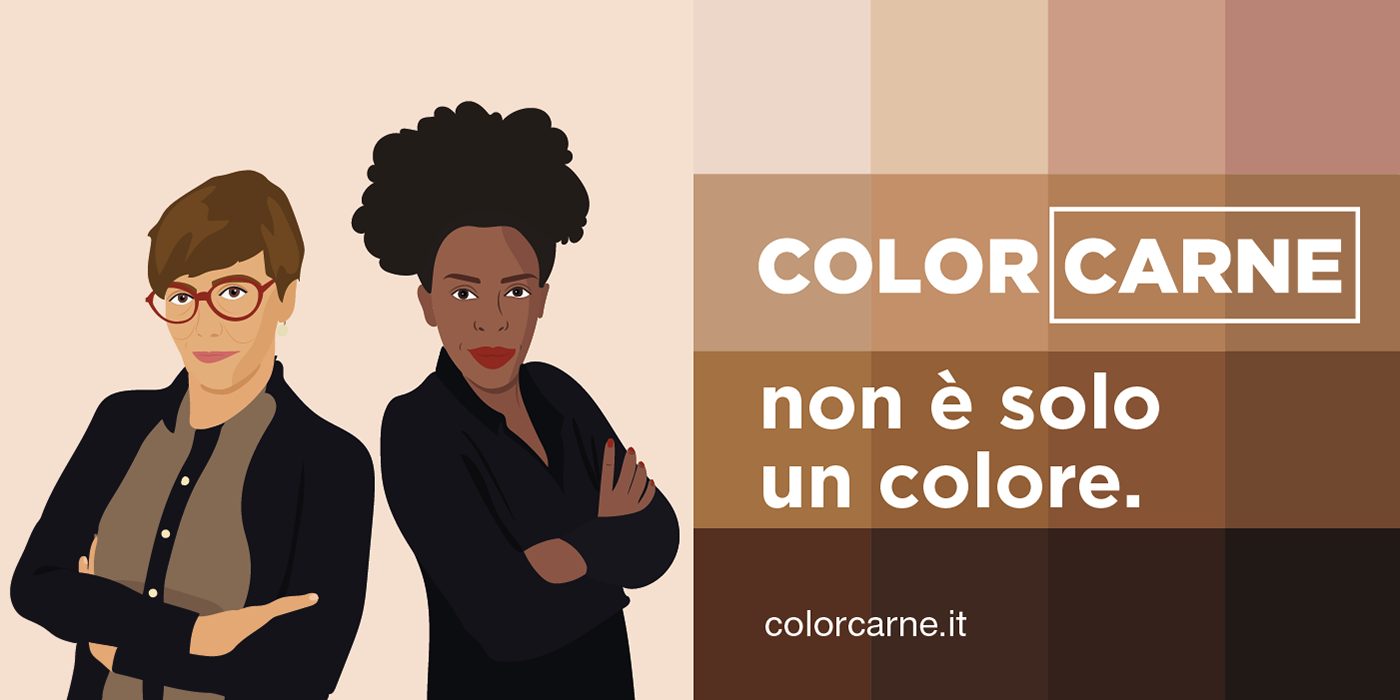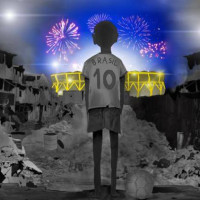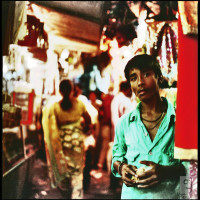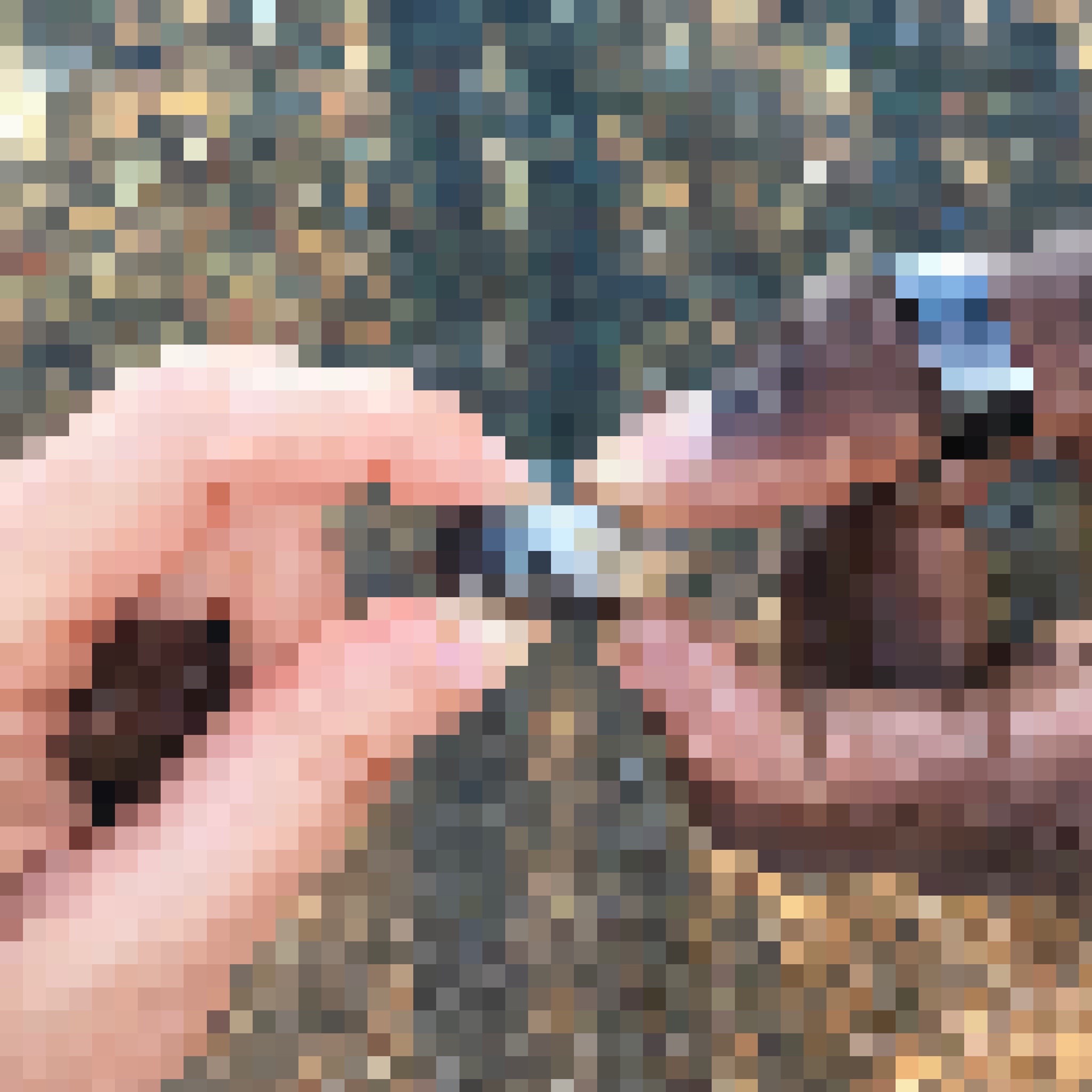
Even the colours of a chameleon
are for survival not beauty.
– proverb attributed to an unspecified African community
ITALY I am a toubab, I am European and I am a white woman. I was born in a society created on a male, white, heterosexual, cis, non-disabled and middle-aged human scale. Those who do not belong to this category, that is the majority of people, inevitably have to do, to varying degrees, with discrimination, marginalisation, exclusion.
Through verbal and physical violence, wars and colonialism, western patriarchal culture has set the “norm” of white supremacism in a world dominated by a male chauvinist minority in power, an elite that views “its” world as possession and playing field (on the subject I recommend reading The End of Man: A Feminist Counterapocalypse by Joanna Zylinska), whose action led humanity to the Anthropocene (the current geological epoch which, according to the American philosopher Donna Haraway, it would be more correct to define Capitalocene, to mark the specifically destructive qualities of a capitalist system).
A destructive minority, therefore, for the terrestrial environment and for the whole of humanity, an elite that, through economic power (which governs the legislative one), exclusively promotes its own EGO and therefore a culture of inequality and disinterest in everything what/who is other than oneself (other human beings, other animals, other forms of life). A culture that intersectional feminism denounces and deconstructs, day after day, step by step, word by word.
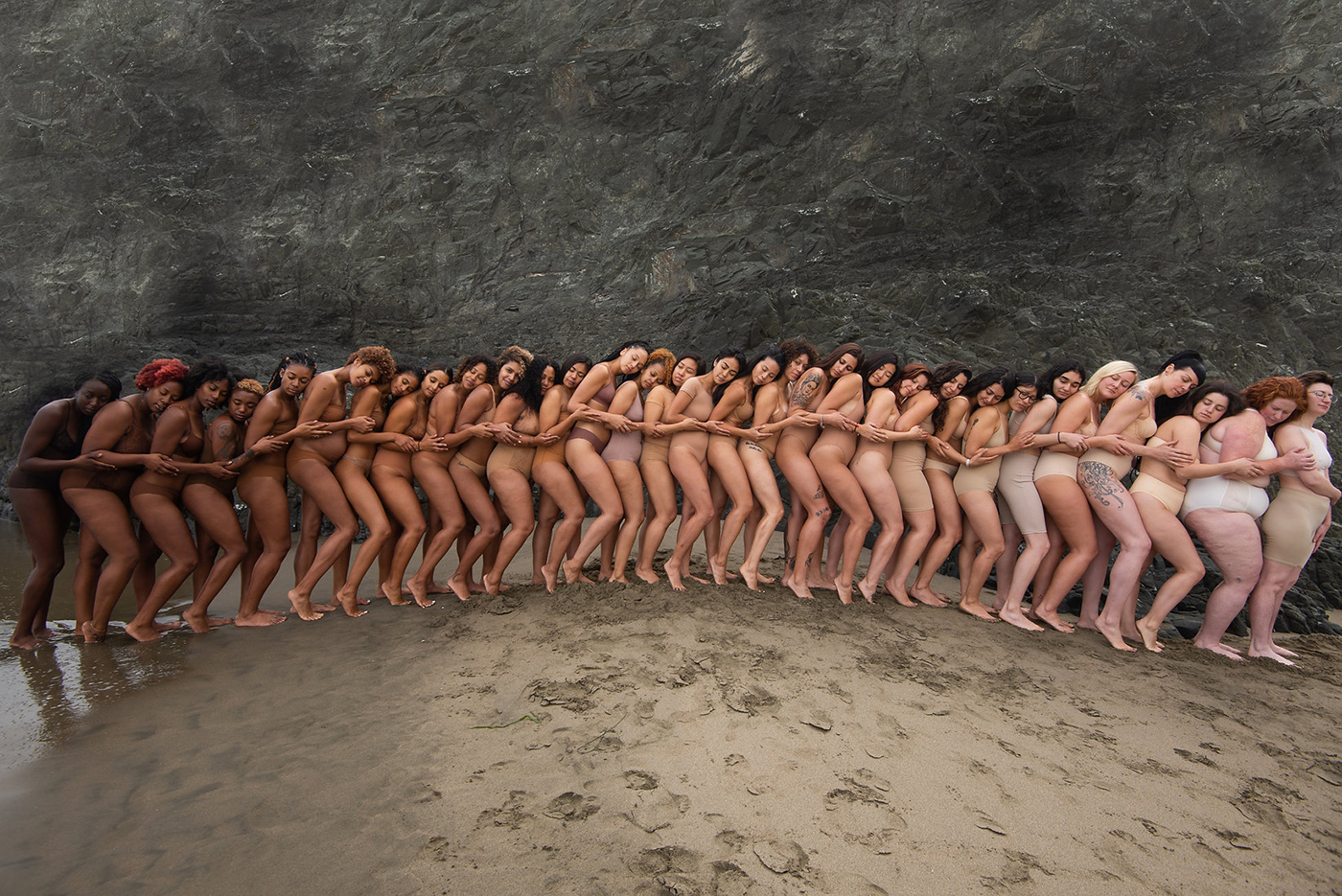
Color carne (flesh-coloured)
I was born in Italy of white parents. I am therefore fortunate to have never been discriminated, denigrated, excluded or offended, for the colour of my skin (but for being a woman, yes). I have the privilege, acquired without any merit, of being born “color carne (flesh-coloured)”. What a strange way of saying this, yet we perfectly understand its absurd but still current and “official” meaning: to date, according to Treccani dictionary, for example, “when used with the adjective value, the word carne (flesh) refers to the colour pale pink, similar to that of human flesh”. We encounter more or less the same definition in other dictionaries (Devoto-Oli, Garzanti Linguistica, Hoepli, Vallardi, etc.) and by searching on Google for images, the visual response corresponds to this madness.
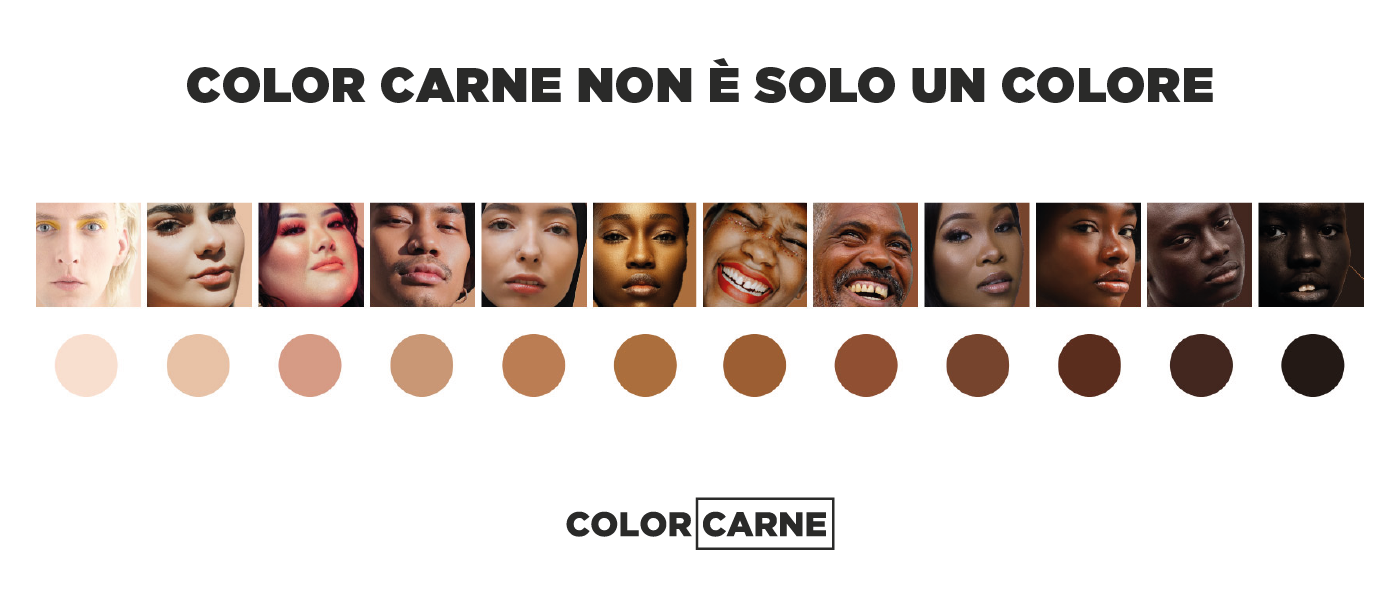
Two communication professionals have recently worked on this crazy but also common expression: Giuditta Rossi (black) and Cristina Maurelli (white), co-founders of Bold Stories. Their reflection and research has become an advocacy project (online from February 2, 2022) to “change the colour of color carne (flesh-coloured), from pink to all the colours of humanity”. Yes, because all the main dictionaries in Italy explain that flesh-coloured is “pink” and this idea assumes, albeit often unconsciously, that the skin of a white person is the norm.
The Color Carne campaign clearly demonstrates how concepts that seem harmless, particularly in language and visual representations, can instead hide bias, prejudice and discrimination. The Color Carne project intends to raise awareness among people, publishers and brands, inviting everyone to be aware of the words we use, to choose welcoming and inclusive expressions, so that anyone can feel represented in our society. In addition to the involvement of the media, the campaign offers a series of images and graphics that can be downloaded from the colorcarne.it website (full of info and insights on the subject) and shared on social networks with the hashtag #colorcarne (which, only on Instagram, in less than two weeks, already has over 4,300 posts).
Persona di colore (a person of colour)
A poem then came to my mind, À mon frère blanc by Léopold Sédar Senghor (1906 – 2001, co-founder of the négritude cultural movement, the first African author to be elected at the Académie Française and the first President of Senegal, from 1960 to 1980) which demonstrates the absurdity of another toubab expression: person or population of colour. Here three verses (below the full text and translation): … / Quand je suis au soleil, je suis noir, / … / Quand tu vas au soleil, tu es rouge, / … / Alors, de nous deux, / Qui est l’homme de couleur?
With words we think, we communicate, we create culture, we do politics, we build society. We must take extreme care of them. Long live those who question themselves, long live the critical thinking that frees us from preconceptions, which helps us to deconstruct the “norm”. Thanks to those who question our language, our way of reasoning and communicating, thanks to those who invite us to co-create a better society for all, a society for “the coexistence of differences” (quoting the sociolinguist Vera Gheno who quotes the scientific communicator Fabrizio Acanfora), differences that make every single person on earth different and therefore unique.
Alors, de nous deux, qui est la personne de couleur? by CCT.WORLD, 2020
À mon frère blanc
Cher frère blanc,
Quand je suis né, j’étais noir,
Quand j’ai grandi, j’étais noir,
Quand je suis au soleil, je suis noir,
Quand je suis malade, je suis noir,
Quand je mourrai, je serai noir.
Tandis que toi, homme blanc,
Quand tu es né, tu étais rose,
Quand tu as grandi, tu étais blanc,
Quand tu vas au soleil, tu es rouge,
Quand tu as froid, tu es bleu,
Quand tu as peur, tu es vert,
Quand tu es malade, tu es jaune,
Quand tu mourras, tu seras gris.
Alors, de nous deux,
Qui est l’homme de couleur?
Below the translation:
To My White Brother
Dear White Brother,
When I was born, I was black
When I grew up, I was black
When in the sun, I am black
When ill, I am black
When I die, I’ll be black.
Whereas you, white man,
When you’re born, you’re pink
When grown up, you were white
When in the sun, you’re red
When you’re cold, you’re blue
When in fear, you’re green
When you’re ill, you’re yellow
When you die, you’ll be grey
So, who of the two of us,
Who is the coloured one?
CCTips
Given the historical moment, in addition to the book mentioned at the beginning – The End of Man: A Feminist Counterapocalypse by by Joanna Zylinska, 2018 – I also recommend reading two articles published on March 1, 2022 on MicroMega for further reflection:
- Faced with war, let’s turn to feminism
- Stop Putin’s aggression. Appeal of the Russian feminist movement
Yes, I strongly believe that the only way out, the only way to change, to peace and common welfare, is feminism in the global sense, which – as Gloria Steinem said a few months ago – has just begun. No beauty but feminism will save the world.

